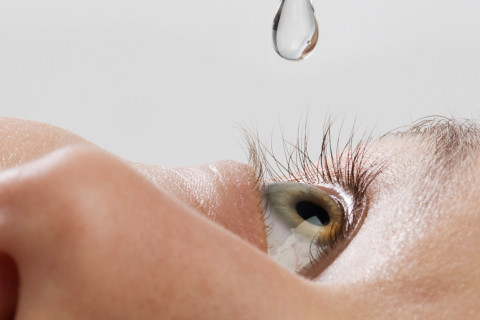The doctoral dissertation in the field of Drug Research will be examined at the Faculty of Health Sciences. The public examination will be streamed online.
What is the topic of your doctoral research? Why is it important to study the topic?
About every 5 seconds a person goes blind and about 80% of these diseases are in developing countries. In 2020, an estimate showed that about 43.3 million people are blind and will increase to 61 billion by 2050 where the cataract is the leading cause but diabetic retinopathy, glaucoma, age-related macular degeneration, and degenerative myopia are causative agents as well.
Topical administration is the most common and convenient route of drug administration to the eye still. It is generally used for the treatment of anterior eye disease (e.g., glaucoma, keratitis, corneal ulcer and conjunctivitis). However, only a few percent of the drug reaches the interior eye tissues after topical drug administration. This is due to the barrier present in terms of the anatomy and physiology of the eye leading to extensive clearance of the drug from the eye before reaching the inner eye tissues. The literature is heavily lacking such data to implore these barriers along with the pathways of drug movement across the eye. An improved understanding of these barriers is important and how the physicochemical properties of the drug may impact them can help in achieving the optimal drug and delivery system for the eye. Such knowledge will aid in developing predictive models for ocular drug development which eventually will accelerate the process.
My topic of doctoral research is to build an understanding of the pharmacokinetics (absorption, distribution, metabolism and excretion) i.e., the pathway of drug movement across the eye after topical administration of the drug with respect to their physicochemical properties and generate quantitative data for different tissues for the eye to build predictive models while preceding the 3 R (reduce, refine, replace) animals.
What are the key findings or observations of your doctoral research?
The availability of the three experimented drugs (atenolol, timolol and betaxolol) in the inner eye tissues is between 0.07-3.84% which in turn means that more than 96% of the drug is lost after topical administration. The cornea is the main barrier of the anterior eye and corneal pathway is the main pathway of absorption to the aqueous humor after topical administration. Increased drug lipophilicity can increase the absorption through the corneal pathway but also accelerates the clearance of the drug from the eye as well. Conjunctival-scleral pathway is mainly for hydrophilic compounds but has little to no accessibility to aqueous humor. Our study has generated quantitative data for building a predictive computational model which can improve and accelerate drug development and delivery systems. In addition, by using a cocktail approach, i.e., administering all three drugs in the same solution formulation to the animal, we were able to reduce the number of animals needed for the experiment.
What are the key research methods and materials used in your doctoral research?
The literature review was performed with available topical and intracameral (drug directly injected into the eye, usual antibiotics for surgery) experiment drug data present in the literature. On the basis of it, three small molecule drugs atenolol, timolol and betaxolol were chosen of the same compound class but with a range of lipophilicity (easily permeated lipid membranes). The drug formulation was prepared with simple PBS solution for both topical and intracameral administration. For intracameral 7 time points and for topical 8 time points were fixed with 4 eyes per each time point. The eyes were obtained and dissected with 2 tissues obtain from intracameral and 8 tissues from topical administration. The tissues were analysed through LC-MS/MS analysis. The mean of the data was calculated and compartmental and non-compartmental analysis was performed using phoenix software. The primary pharmacokinetic parameters obtained were clearance and volume of distribution of the three drugs.
The doctoral dissertation of Anam Fayyaz, Master of Science, entitled Experimental and computational ocular pharmacokinetics with cocktail administration for ocular drug development will be examined at the Faculty of Health Sciences. The Opponent in the public examination will be Associate Professor Ilva Rupenthal of the University of Auckland, New Zealand, and the Custos will be Docent Eva Del Amo Paez of the University of Eastern Finland. The public examination will be held in English.



